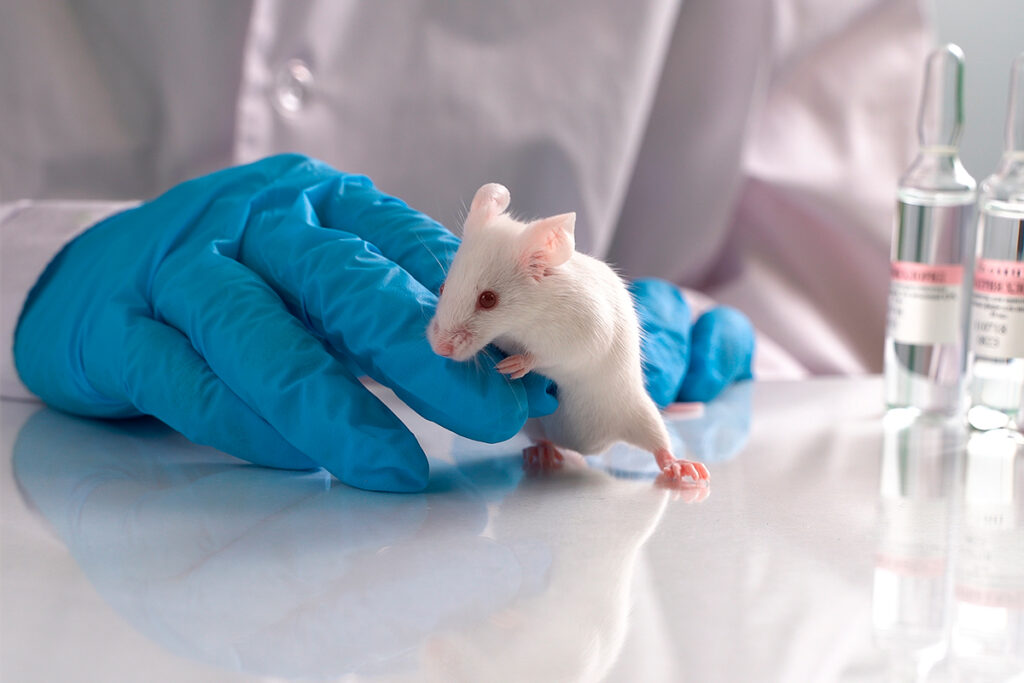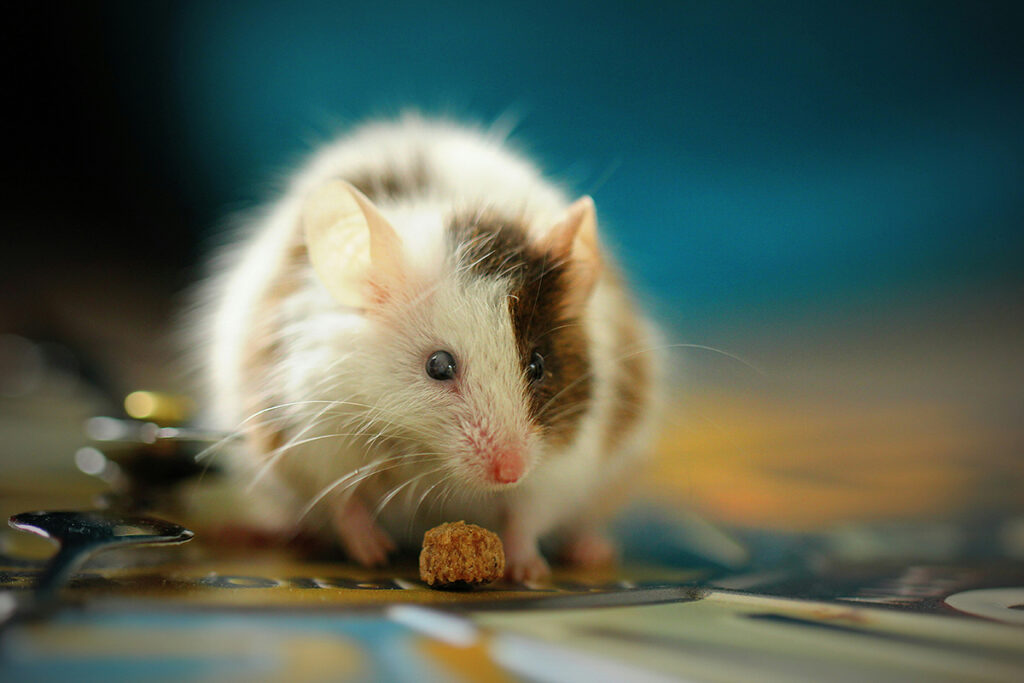Mutations of the coronavirus alter its spike protein. Since neutralizing antibodies that are developed in response to natural infection or vaccination react to the spike protein, the effectiveness of vaccines against new strains is reduced. Thus, in individuals vaccinated with Sputnik V, the level of neutralizing antibodies to Omicron decreased by 8 times, and in those immunized with Pfizer-BioNTech, by 21 times. Therefore, broad-spectrum antivirals that are less sensitive to virus evolution are needed.
Interferons (IFNs) are pro-inflammatory signaling molecules that serve as the first line of defense against most viral infections. When the immune system detects a virus, it triggers a type I and III IFN response. Interferons bind to IFN receptors on the cell surface and activate antiviral interferon-stimulated genes (ISGs).
Cell culture studies have shown that interferon pretreatment suppresses SARS-CoV-2 infection in the intestinal and respiratory tract epithelium. Although type I interferons are used to treat coronavirus infection, they can increase inflammation, leading to tissue damage if administered late.
The cellular response to type III interferon, IFN-λ, is less inflammatory. The reason is that, in contrast to the ubiquitous expression of the IFN-I receptor, the IFN-III receptor is expressed predominantly on epithelial and barrier surfaces. Therefore, IFN-III has fewer systemic side effects.
The coronavirus suppresses the interferon response. Patients with severe COVID-19 have increased levels of pro-inflammatory cytokines and chemokines, but levels of type I and III IFN are reduced. A human study by Greek scientists found that higher serum levels of IFN-λ are associated with a lower viral load in the respiratory tract and faster viral clearance, and a higher ratio of IFN-λ to IFN-I is associated with an improved outcome of COVID-19.
American scientists have proposed intranasal IFN-λ for the treatment and prevention of COVID-19. The efficacy of IFN-λ was studied in mice.
Results
IFN-λ signaling contributes to the antiviral response against SARS-CoV-2. Normal mice and mice without the IFN-III receptor were infected with coronavirus strains Beta and Omicron. Mice lacking the IFN-III receptor showed higher viral loads in the nasal epithelium and the lungs.
Intranasal IFN-λ inhibits SARS-CoV-2 infection of the upper and lower respiratory tract. Mice with the human ACE2 receptor were injected with interferon-λ-2 through the nose. Intranasal IFN-λ-2 protected the lungs from infection a few days before or after the illness. IFN-λ-2 prevented weight loss and reduced viral RNA and infectious virus levels in the nasal epithelium, lungs, and brain.
IFN-λ protects against Omicron strain. Interferon reduced the level of viral RNA in the nasal epithelium and lungs. Regardless of interferon treatment, Omicron did not enter the brain.
Intranasal IFN-λ-2 suppresses inflammation in SARS-CoV-2. Some patients with COVID-19 develop hyperinflammatory immune responses that lead to respiratory failure. An experiment in mice showed that IFN-λ-2 reduced the levels of pro-inflammatory cytokines and chemokines in mice infected with the Beta strain.
Conclusions
The coronavirus attacks the respiratory tract, probably leading to pneumonia, respiratory failure and death. Although neutralizing antibodies and vaccines against SARS-CoV-2 still protect against COVID-19, their effectiveness is under threat due to the emergence of new strains with mutations in the spike protein.
Interferon-λ protects against strains of Beta and Omicron and reduces inflammatory reactions in the lungs. Moreover, the administration of IFN-III is associated with more minor systemic side effects and inflammation than IFN-I. Therefore, interferon-λ can help in the fight against new strains of coronavirus.
Useful article, necessary information? Share it!
Someone will also find it useful and necessary:



